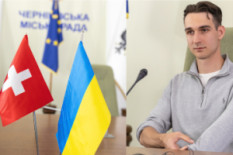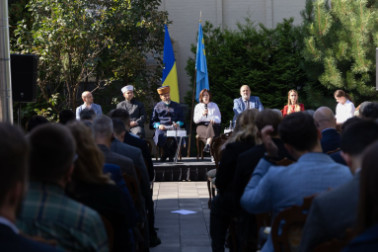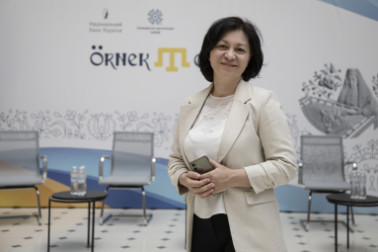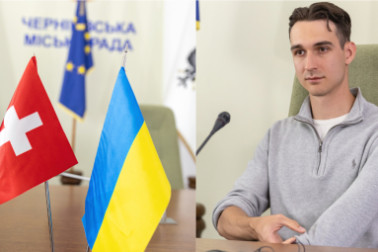The goal of NUS is to create a modern, competitive system that meets the needs of students, society, and the labor market. The reform process began with pilot testing during the 2017–2018 school year, and by 2018–2019, all Ukrainian children were studying under new standards. The next phase focused on reforming secondary education, and today, the pressing challenge is to extend these changes to high schools to ensure that students of the New Ukrainian School continue their education in accordance with the government-approved education standards.
The transformation of high schools involves establishing academic lyceums and modernizing vocational education. Valentina Poltorak, the manager of the Swiss-Ukrainian international technical assistance project DECIDE, which consistently supports these changes by providing practical and effective assistance, discusses the main challenges, prospects, and plans for the reform.
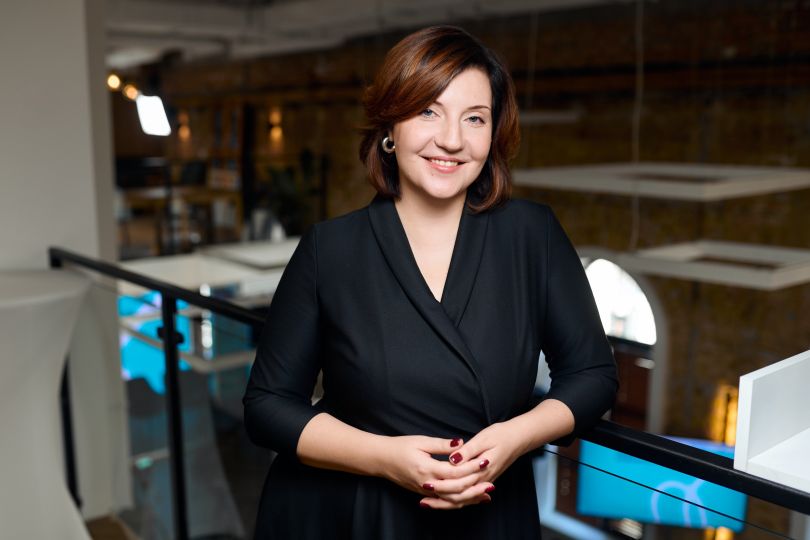
What are the key directions of educational reform today?
The reform of career-oriented high school education is part of broader systemic changes in Ukraine’s educational framework. Its primary aim is to make education more personalized and aligned with the demands of today's labor market. Neither the COVID-19 pandemic nor the full-scale war has altered the fact that kids who began their studies under NUS must continue to learn according to its standards also in high school.
This involves creating academic lyceums for students in grades 10-12, after which they will proceed to universities. The Ukrainian government expects that approximately 50% of 9th-grade graduates will choose lyceums, while the rest will opt for vocational technical schools or specialized pre-tertiary education institutions. Thus, the broader educational reform also includes the renewal of vocational institutions.These two directions are closely interconnected, as they pertain to the continuation of education for all students who have completed basic secondary education.
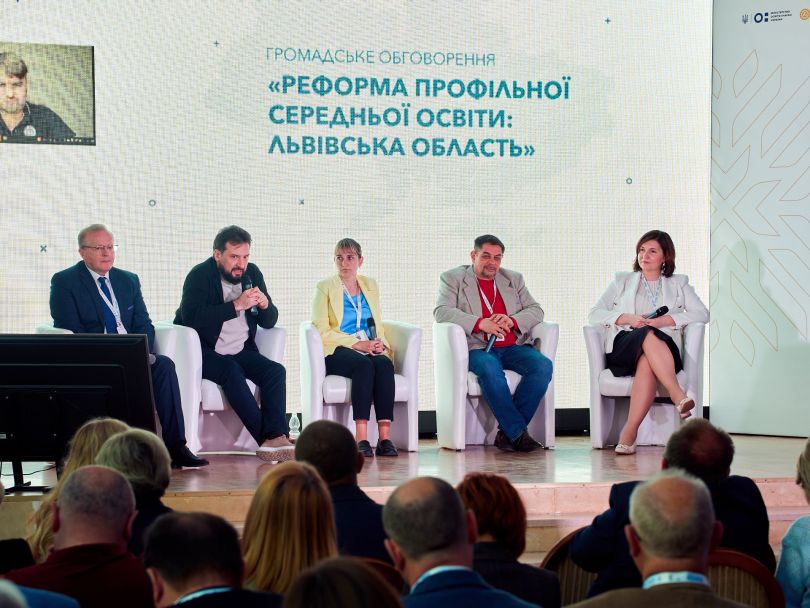
We have studied the experiences of many countries worldwide and see that academic lyceums are usually attended by students with high academic achievements. The rest of the students pursue vocational education. Does this mean that after studying at a vocational college, a student will not be able to enroll in a higher education institution? Absolutely not. This opportunity always exists: one can acquire a profession as a reliable foundation and then continue their education at a higher school.
What steps are being taken to enhance the appeal of vocational education
To counter this myth, a communication campaign has been launched, emphasizing that modern vocational education enables students to acquire in-demand skills, quickly enter the labor market, and secure stable incomes.
The main challenge in this area is convincing parents and children that vocational education is just as important as academic education. The stereotype that a child will have fewer opportunities without a university diploma remains strong. To eliminate this myth, a communication campaign is being implemented. The government is explaining that modern vocational education enables students to acquire in-demand professions, quickly enter the labor market, and have a stable income.
However, communication alone is not enough: the issue of the quality of education in vocational institutions remains pressing. Currently, the modernization of the material and technical base of such institutions is underway.
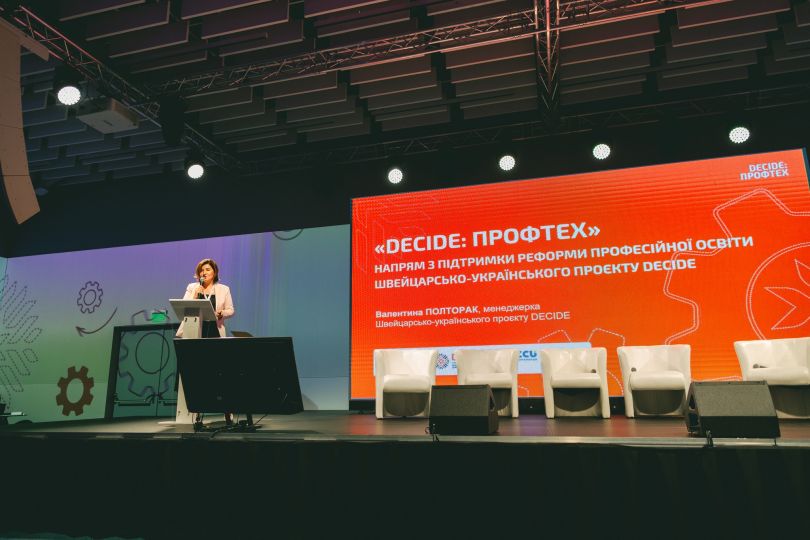
The state is investing significant resources into this: creating training and practical centers—modern workshops, improving the appearance and architectural accessibility of the institutions, and enhancing the qualifications of vocational training instructors and teachers who teach general secondary education subjects.
Progress is slow, as this transformation requires substantial financial investment.
Are businesses interested in supporting the education of future specialists?
In the past, businesses had a wide pool of candidates and were less motivated to invest in vocational education. The war has changed this dynamic. Businesses are now facing a severe labor shortage: many people have left the country, others have been mobilized, and some, unfortunately, have lost their lives or their ability to work. As a result, businesses are now more willing to invest in the development of vocational education.
Many companies are already collaborating with vocational schools, helping to create modern laboratories and workshops, investing in state-of-the-art equipment, and delegating their employees to conduct training sessions. This is just as important as modernizing the material and technical base.
How are changes being implemented in specialized high schools in Ukraine?
We are at the very beginning of a reform designed to span 10 years. Currently, the expert group of the DECIDE project, at the request of Ukraine’s Ministry of Education and Science, is developing a geoinformation map of the school network. This map includes data on the number of students, the condition of school buildings, the projected and actual networks, and the condition of roads used to transport children to schools. This enables the government to model where it is best to establish academic lyceums and vocational schools.
Additionally, we are formulating the reform strategy. To this end, we’ve already conducted research on the socioeconomic prerequisites and have a demographic forecast, which, unfortunately, is quite discouraging.
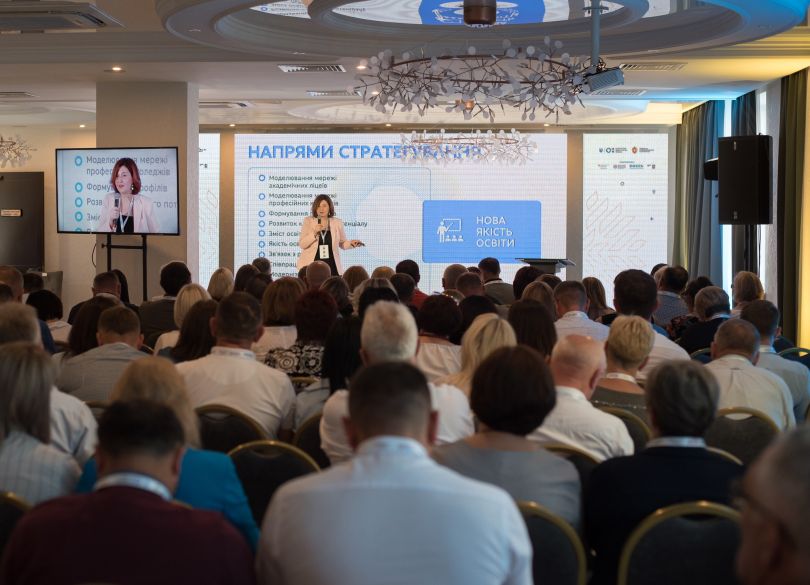
The situation is quite challenging, especially in the border areas with russia and belarus. There is a significant population outflow, with parents taking their children away, which is entirely understandable. Currently, in 600 communities across Ukraine, only 10% of the children who should be attending high school between 2027 and 2033 remain. We hope that families will return to their communities after the victory, but the demographic crisis will remain an important factor to consider when planning the reform.
Furthermore, many community projects have been put on hold. However, considering that the reform is inevitable, the changes must continue.
The state clearly understands that to establish a network of academic lyceums and vocational colleges, as well as to implement changes overall, it is essential to maintain communication with local communities. In 2023, under the aegis of the Ministry of Education and Science (MES), we held nine public discussions in various regions of Ukraine and plan to cover all regions by the end of the year to address urgent issues and finalize the development of a prospective network of educational institutions.
This undoubtedly sparks a lot of debates—about which school should become an academic lyceum and where there will be no high school at all?
Indeed, this is a hot topic. It is clear that every territorial community will definitely have an elementary school (grades 1-4) and a basic school (grades 5-9), but not every community will have an academic lyceum. This is normal because optimization is necessary to ensure quality education for all children.
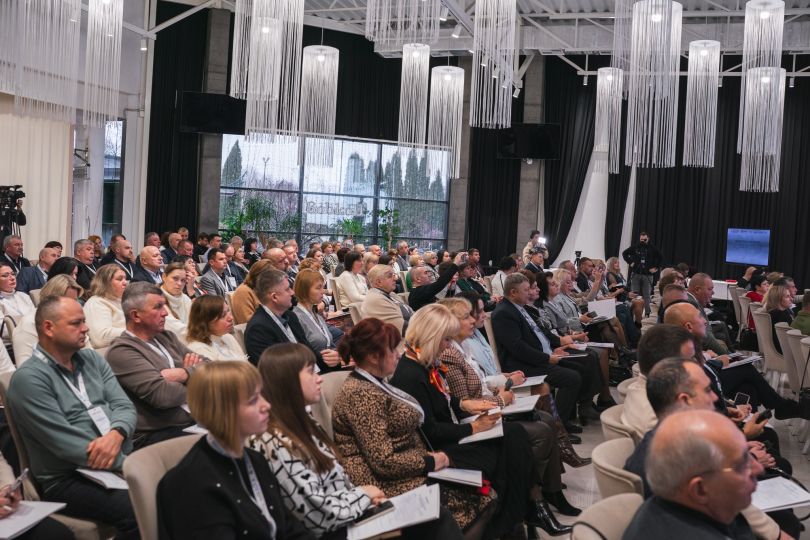
How is the network being modeled?
The network develops in the following way: communities submit their proposals to the regions, where discussions take place and decisions are made regarding the specific location of academic lyceums. Many factors influence this process. In particular, a draft law has already been developed, stipulating that such lyceums must have at least 300 students enrolled (100 in each grade: 10th, 11th, and 12th). This is the minimum required to ensure a selection of profiles and subjects, sufficient material and technical resources, and the involvement of the necessary number of teachers. The ideal scenario is a lyceum with at least 600 students, but this is mostly achievable in large cities. Therefore, the current approach is about finding a compromise.
An important consideration is that students should not travel more than 30 kilometers to reach their lyceum. However, we must also account for road conditions, particularly in rural areas, as these significantly impact travel time. The network is being modeled with these factors in mind.
Moreover, we engaged numerous experts: representatives of the public sector, educators-practitioners, international experts, managers at the community level, and others. This is a broad coalition of people who understand the inevitability of reform and, therefore, actively participate in shaping its vision. This vision will become part of the strategy.
In addition, pilot projects have already been launched in certain schools, where new approaches to organizing the educational process are being tested, including subject selection and integrated learning. Currently, there are nearly 30 such projects, and next year, the Ministry of Education and Science states that there will be over 100. These pilots will help identify what works best and choose the school model that, in terms of content and management approaches, will be the most effective.
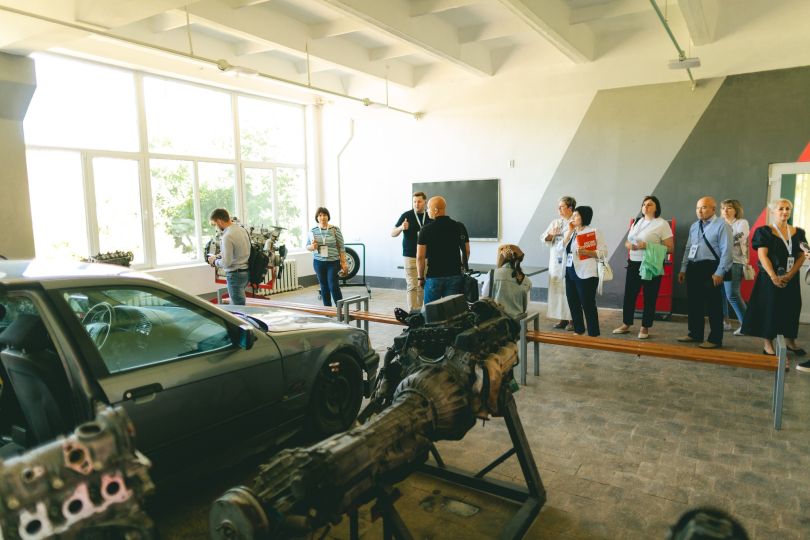
Is there still much work to be done?
Absolutely. The reform is truly extensive, encompassing a numerous of students, their parents, and teachers. In other words, it involves millions of people who, in one way or another, will be affected by it. And this means there are many areas for change.
Does the reform include teacher retraining?
Yes, effective implementation of the reform requires mass retraining of teachers. This is not just about improving qualifications but a complete overhaul of teaching approaches. Currently, relevant courses and programs are being prepared, which will become available starting from the 2025–2026 academic year..
Do beneficiaries support the reform?
We’ve conducted a significant baseline study, which is an essential element of any serious strategy. This research was carried out at our request by the Kyiv International Institute of Sociology, and we have received rather positive results.
For instance, children definitely want to study in schools where most of the students are their peers, there is a modern material and technical base, a comfortable environment, and the opportunity to choose subjects. Therefore, they mostly support the reform and are willing to travel many kilometers to be able to study in modern institutions.
When it comes to parents, their stance varies depending on the location. In rural and village areas, only 40–50% of parents fully support the reform. It's also important to consider the impact of the war and security concerns—parents want their children to stay close during such times. In cities, the situation is much better, as the changes are less disruptive there.
As for regional administration, they generally support the reform, with approval rates ranging from 65% to 89% across regions.
However, it’s important to note that this research reflects the situation before the launch of a communication campaign. We plan to conduct another survey next year to assess shifts in support.
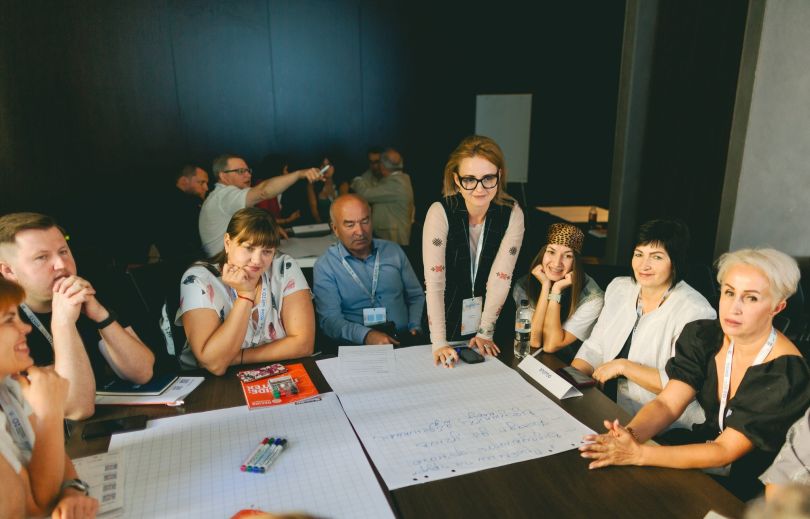
How will subject selection be organized in the new academic lyceums?
Students will have a core curriculum and the option to choose additional subjects based on their field of study. In the 10th grade, the choice will account for one-third of the total hours, and by the 11th and 12th grades, the number of elective subjects will increase, reaching 60%.
Can students change their academic focus in lyceums?
Yes, students will be able to change their specialization after the 10th grade. If a student discovers an interest in other subjects or fields, they will have the opportunity to reconsider their choices, as they can select subjects both within and outside their chosen profile.
What other work is under way?
As part of DECIDE pilot projects, we are training career advisors for students. Our Swiss colleagues from Zurich University of Teacher Education have developed an excellent course, which we are adapting to Ukrainian needs.
Career consultants will conduct career guidance sessions in classrooms and organize field trips to enterprises. During the pilot phase, we gained fascinating insights: enterprises are eager to welcome students, and students absolutely love such events.
Additionally, there are regional career advisors who coordinate visits to enterprises that are not present in their local communities. This is a very important project for us, as we understand that discussing a quality specialized school is impossible without proper career guidance.
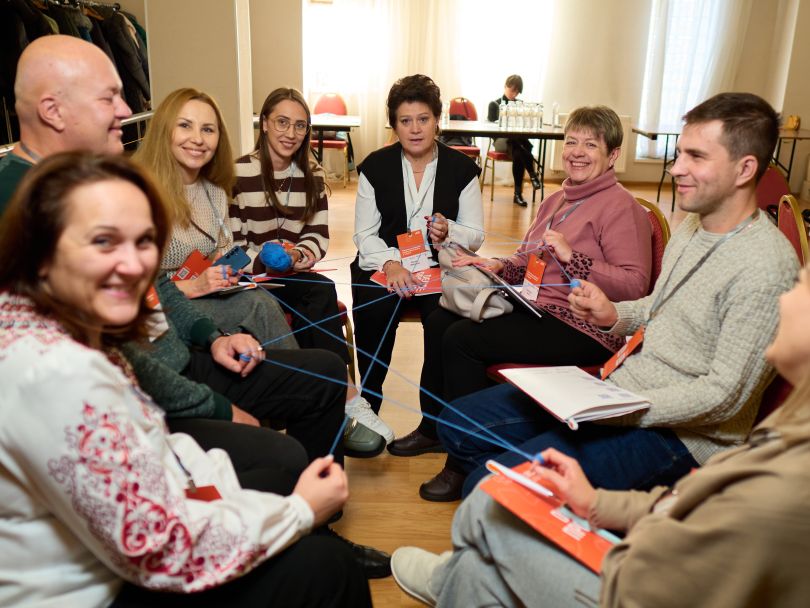
How has the war affected the pace of reform?
The war has undoubtedly slowed its implementation, particularly in regions experiencing significant population outflows. However, even under these conditions, most regions have already developed prospective educational networks. According to legislative norms, academic lyceums are expected to begin full-scale operations across the country by 2027.
Who funds your project’s work on the reform?
The Swiss government funds the project. DECIDE is an intergovernmental international technical assistance initiative through which Switzerland supports Ukraine’s educational and local governance reforms.
Our work focuses on empowering the government to implement reforms that lead to real and high-quality changes in society.
In summary: what are the key milestones and goals of the reform?
Currently, we are developing a step-by-step plan, a roadmap.
2027 marks the launch of new lyceums. The initial results will be carefully evaluated, and we will make adjustments based on the experience gained. In other words, it’s about a flexible approach and constant change.
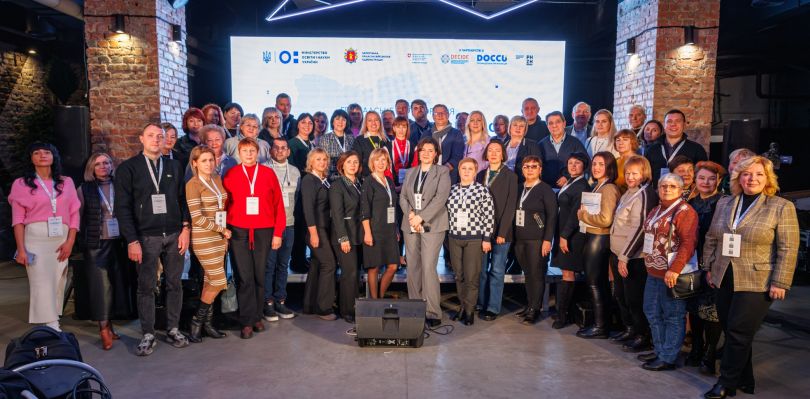
This reform is a long and large-scale process that requires the involvement of all participants—communities, teachers, students, parents, and businesses. We strive for this engagement.
The main expectation: by 2033, a stable network of modern educational institutions that meet international practices will be established.
The key is to always remember that the student must remain at the center of the reform. The state aims to create conditions where every child can realize their potential and become a successful and happy individual, regardless of whether they live in a city or a village.
